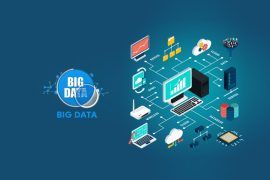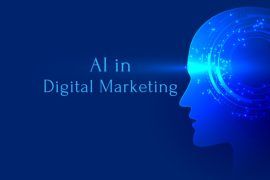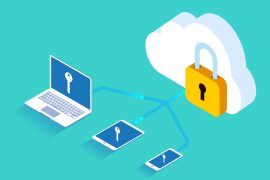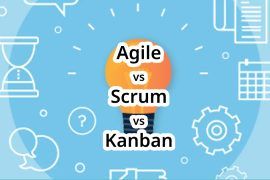The role of technology in healthcare, particularly Software as a Service (SaaS) solutions, has been transformative. SaaS applications in healthcare have revolutionized patient care, administrative processes, and data management. They offer healthcare providers the ability to efficiently manage electronic health records, streamline appointment scheduling, and enable remote patient monitoring. These technologies improve patient outcomes, reduce administrative burdens, and enhance the overall patient experience. Moreover, HealthTech SaaS solutions play a crucial role in data security and compliance, ensuring that sensitive patient information is protected. As the healthcare industry continues to embrace digital innovation, the integration of SaaS applications is poised to drive further improvements in healthcare delivery, accessibility, and cost-efficiency.
Table of Contents
Benefits of HealthTech SaaS
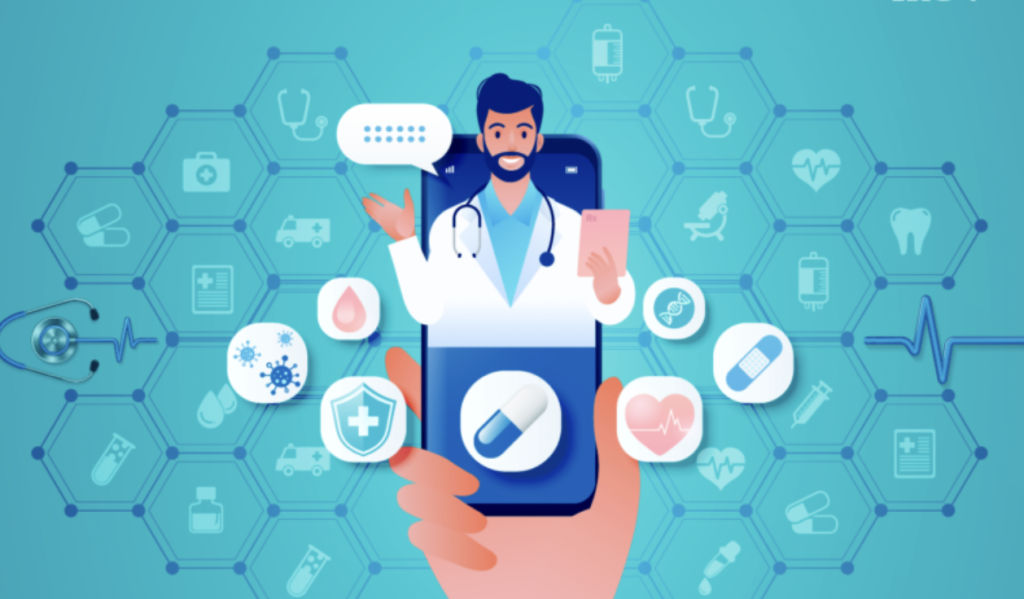
HealthTech SaaS offers a number of benefits to healthcare organizations, including:
- Reduced costs: HealthTech SaaS solutions are typically less expensive to implement and maintain than on-premise healthcare software solutions. Healthcare organizations can also save money on IT costs, as they do not need to purchase and maintain their own hardware and software infrastructure.
- Improved efficiency: HealthTech SaaS solutions can help healthcare organizations to improve their efficiency by streamlining their workflows and automating manual tasks. This can free up staff to focus on providing care to patients.
- Increased scalability: HealthTech SaaS solutions are highly scalable, which means that they can easily be adapted to meet the changing needs of healthcare organizations. This is important for healthcare organizations that are growing or that need to be able to quickly respond to changes in demand for their services.
- Enhanced security: HealthTech SaaS solutions typically offer a high level of security, as they are hosted in secure data centers. This is important for healthcare organizations, which need to protect the sensitive patient data that they store.
Real-World Applications
Here are some real-world applications showcasing how HealthTech SaaS is being utilized to enhance patient care, increase healthcare efficiency, and drive innovation in the healthcare industry:
- Electronic Health Records (EHR) Management:
HealthTech SaaS platforms enable healthcare providers to maintain and share patient records digitally, improving the accuracy and accessibility of medical information. This enhances care coordination among healthcare professionals and ensures a comprehensive view of a patient’s medical history.
- Telemedicine and Virtual Care:
HealthTech SaaS solutions power telehealth and virtual care platforms, allowing patients to access healthcare services remotely. These applications are especially valuable for remote consultations, monitoring chronic conditions, and expanding healthcare access to underserved areas.
- Remote Patient Monitoring:
HealthTech SaaS applications help in the continuous monitoring of patients’ vital signs and health metrics outside traditional clinical settings. They are used for managing chronic diseases, post-operative care, and keeping high-risk patients under surveillance.
- Predictive Analytics and Population Health Management:
HealthTech SaaS platforms leverage data analytics to predict disease outbreaks, monitor population health trends, and develop preventive strategies. This is crucial for public health management and improving healthcare resource allocation.
- Medical Billing and Revenue Cycle Management:
SaaS solutions streamline the complex process of medical billing, coding, and claims management, leading to faster reimbursement for healthcare providers and reducing administrative errors.
- Medication Management and Adherence:
HealthTech SaaS applications help patients manage their medications by providing reminders and tracking adherence. These tools can significantly improve medication compliance, especially for patients with chronic conditions.
- Practice management software:
Practice management software helps healthcare organizations manage their administrative tasks, such as scheduling appointments, billing patients, and managing inventory. Practice management software can help healthcare organizations to improve their efficiency and profitability.
- Patient engagement solutions:
Patient engagement solutions help healthcare organizations to improve their communication with patients and to encourage patients to take an active role in their own care. Patient engagement solutions can include tools such as patient portals, mobile apps, and email marketing.
Impact of HealthTech SaaS on the Healthcare Industry
- HealthTech SaaS is having a significant impact on the healthcare industry. It is making it easier, more affordable, and more efficient for healthcare organizations to deliver high-quality care.
- HealthTech SaaS is also helping to make healthcare more accessible to patients. For example, telehealth solutions allow patients to access care from anywhere in the world. This is beneficial for patients who live in rural areas or who have difficulty traveling to see a healthcare provider in person.
The Role of Data in HealthTech SaaS
The role of data in HealthTech SaaS is pivotal, driving a data-driven revolution in healthcare. Big data and analytics are transforming healthcare by aggregating and analyzing vast amounts of patient information. This enables healthcare professionals to gain valuable insights, identify trends, and make informed decisions. It also aids in the discovery of patterns that can lead to early disease detection and treatment optimization. Moreover, predictive modeling for disease prevention utilizes historical patient data to anticipate health issues. By assessing risk factors and using machine learning algorithms, HealthTech SaaS can identify individuals at risk of specific conditions, enabling proactive intervention. Data-driven decision-making and patient engagement are fostering a new era of personalized healthcare, where treatment plans and interventions are tailored to individual patient needs.
Challenges and Considerations
When delving into the world of HealthTech SaaS (Software as a Service) in healthcare, there are several challenges and considerations that need to be addressed. These include:
- Data Privacy and Security: Protecting sensitive patient information is paramount. Compliance with regulations like HIPAA (Health Insurance Portability and Accountability Act) is crucial. Ensuring robust encryption, access controls, and regular security audits is a constant challenge.
- Integration with Existing Systems: Healthcare organizations often have legacy systems in place. Integrating new HealthTech SaaS solutions with these systems while ensuring data interoperability and minimal disruption can be complex.
- Regulatory and Compliance Issues: The healthcare industry is highly regulated. HealthTech SaaS providers need to navigate a complex web of regulations, which can vary by region. Ensuring compliance and staying up-to-date with changing laws is an ongoing concern.
- User Adoption and Training: Healthcare professionals and staff must be trained to effectively use new SaaS solutions. Overcoming resistance to change and ensuring that users are proficient with the software can be challenging.
- Interoperability: HealthTech SaaS should be able to communicate and share data with various healthcare systems and providers to ensure seamless patient care. Achieving interoperability is often easier said than done.
Addressing these challenges and considerations is essential for the successful integration and utilization of HealthTech SaaS in the healthcare industry. It requires a collaborative effort between technology providers, healthcare organizations, and regulators to ensure that patient care remains the top priority.
The Future of Healthcare with HealthTech SaaS
The future of HealthTech SaaS is bright. The market is expected to continue to grow rapidly in the coming years. This growth will be driven by the increasing adoption of cloud computing in the healthcare industry, the growing demand for remote healthcare services, and the increasing emphasis on patient engagement. Here are some of the trends that are expected to shape the future of HealthTech SaaS:
- The rise of artificial intelligence (AI) and machine learning (ML): AI and ML are being used to develop new HealthTech SaaS solutions that can help healthcare organizations to improve the quality and efficiency of care delivery. For example, AI-powered EHRs can help healthcare providers to identify patients at risk for certain diseases and to develop personalized treatment plans.
- The growth of telehealth: Telehealth is becoming increasingly popular, as it allows patients to access care from anywhere in the world. This trend is being driven by the increasing availability of high-speed internet and the growing demand for convenience from patients.
- The focus on patient engagement: Healthcare organizations are increasingly focused on engaging patients in their own care. This is important because patient engagement can lead to improved health outcomes. HealthTech SaaS solutions can help healthcare organizations to improve patient engagement by providing 24*7 support via chatbots and different services.
Conclusion
HealthTech SaaS has emerged as a transformative force in the healthcare industry, ushering in a new era of data-driven, patient-centric care. Its impact on healthcare is profound, offering a myriad of benefits such as improved patient outcomes, increased operational efficiency, and enhanced access to real-time data. By streamlining processes, optimizing data management, and fostering patient engagement, HealthTech SaaS has redefined the way healthcare is delivered and experienced.
However, it’s essential to recognize the challenges and considerations that come with this technological revolution, including data security, compliance, and integration hurdles. Overcoming these obstacles requires a concerted effort from all stakeholders.
Looking ahead, the future of HealthTech SaaS is promising, as emerging technologies and innovative applications continue to reshape the healthcare landscape. With a growing focus on personalized medicine, predictive analytics, and telehealth, HealthTech SaaS is poised to drive further advancements in patient care, accessibility, and cost-effectiveness. As we navigate this dynamic landscape, it’s clear that HealthTech SaaS will remain at the forefront of healthcare innovation, making it an exciting and transformative field for both healthcare providers and patients alike.


